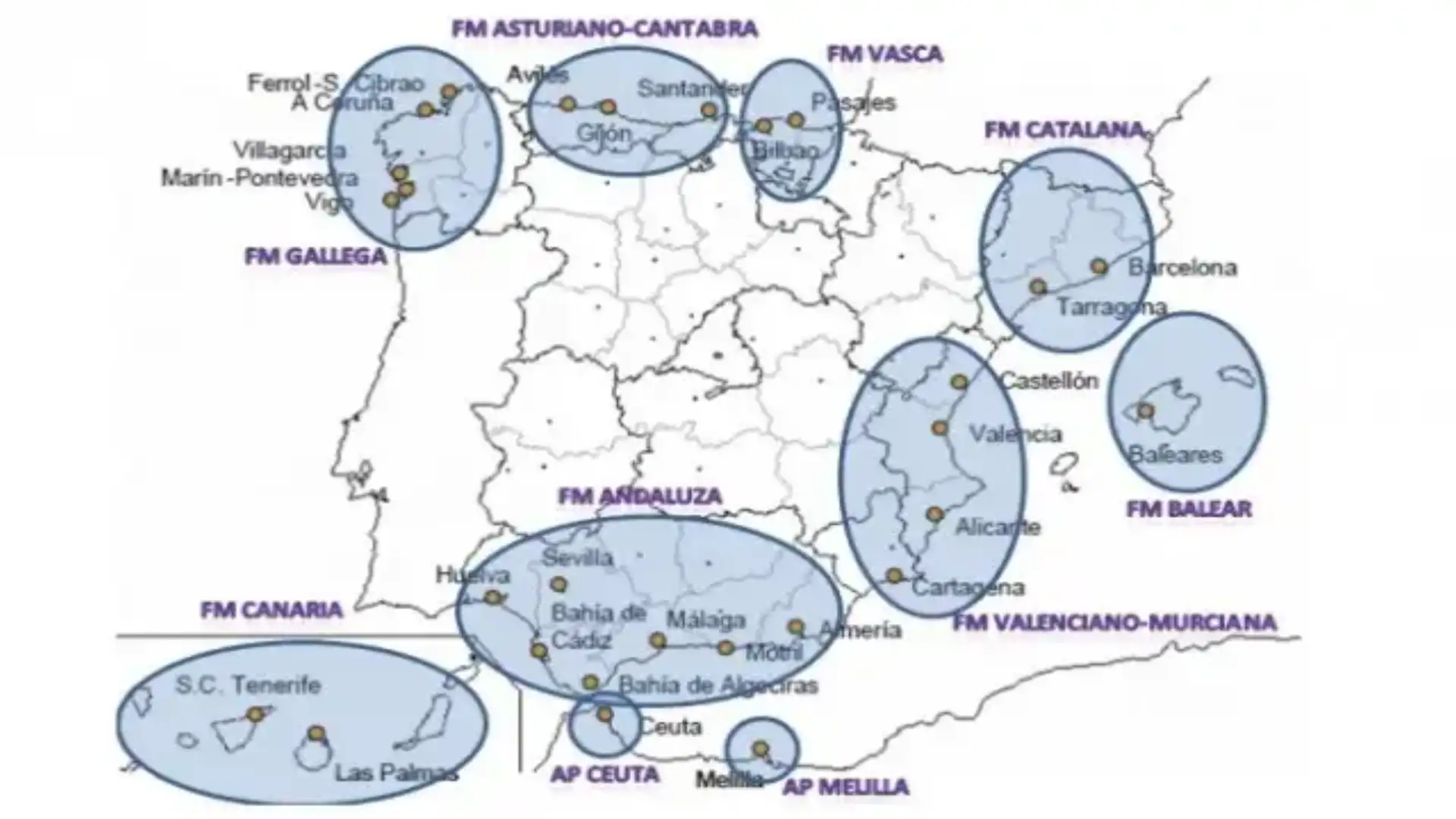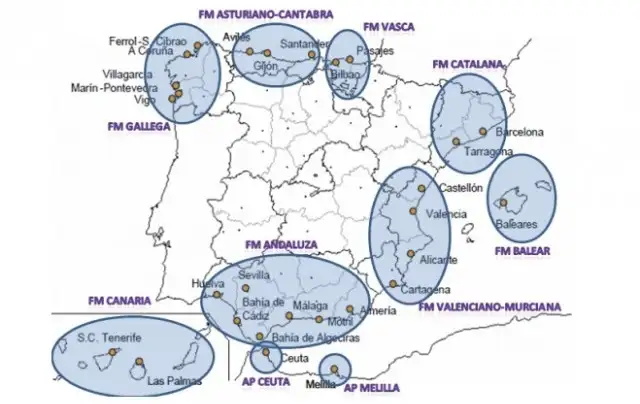
The 54 Italian ports are grouped into 15 authorities and Spain observes this reform
The 54 Italian ports are grouped into 15 authorities and Spain observes this reform
The 54 Italian commercial ports have been grouped into only 15 port authorities and although it is quite complex to think about introducing a model of similar characteristics in Spain, there is a study carried out in 2015 by the Foundation of Applied Economics Studies (Fedea) on "Harbour Infrastructures. Analysis of the Spanish Harbour System Context International and proposals for reform," in which it is concluded that Spain needs to reform its harbour system to organize itself in what it calls "corporations or maritime facades," reducing itself to 32 ports of general interest (those that handle more than 5 million tons year) grouped in 10 maritime facades.
Its main conclusion is that the current situation of market globalization requires a change in the already exhausted Spanish model of port management to give priority to competitiveness and free competition, in contrast to the current situation. Although the Spanish port system is cost-effective as a whole, the ports are becoming less and less attractive to operators because of the high cost of certain services and the high port rates. On the other hand, the system has generated overcapacity that will not be eliminated in many years with current traffic forecasts. The level of use of all container terminals is only 36%, with more than half transhipment traffic being very volatile and cost-sensitive.
The fact that Spanish ports have not been able to implement reforms (such as the liberalization of stowaways) and to reduce the costs for these sensitive traffics has favored the proliferation of other ports in neighbouring countries (such as Sines, Tangier, etc.) that have understood the importance and sensitivity of the cost of the transhipment. These neighbouring ports have carried out the necessary reforms to attract such volatile and non-dependent traffics associated with the port.
The Spanish harbour system of state ownership is composed of 28 Harbour Authorities (AAPP). Ten of them move 80% of the total goods, while the remaining 18 move only 20%. By limiting the search to container traffic, the main reason for this study, it is observed that of the 28 APAs, only 3 of them bring together 75% of the containerized traffic, while the remaining 25 represent the other 25%. When it comes to the transhipment traffic, it is clear that 83% of the traffic in Spain is only 2 AAPP, while the remaining 26 are only 17%. These data lead the authors to question whether it is necessary to have 28 APAs and 46 ports of general interest.
The authors report on the current problem of the Spanish port system by proposing five levels of reforms that address the challenges of overcapacity, lack of competitiveness and free competition of the current Spanish port system:
- Change of organizational model: need for rationalization and port specialization. Reduction of ports of general interest and PAPAs.
- Change of the governance model: Need to evolve to a new model based on corporatization and public management - private of Spanish ports of general interest, with the unification of AAPP under the protection of corporations or maritime facades (logistics authorities).
- Change of the port planning system: The need to have a planning of the Spanish port system under a single and common state strategy, based on demand and market studies.
- Liberalization of the stowage: The need to reform the current model, liberalizing the sector and establishing free competition in the stowage and dislodge services, defining a new model that will eliminate the special working relationship and control of access to the profession.
Fountain Canary Ports
© 2024 Nautica Digital Europe - www.nauticadigital.eu












